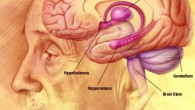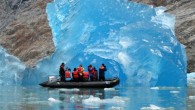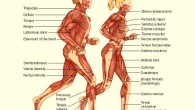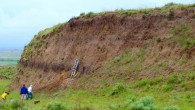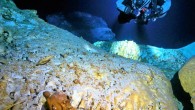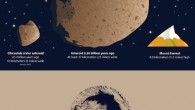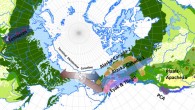Bromine – an element with atomic number 35 and the chemical symbol Br – is the 28th chemical element essential for tissue development in humans and all other animals, says a team of researchers led by Prof Billy Hudson of Vanderbilt University School of Medicine. An illustrative bromine sample. Image credit: Alchemist-hp, Pse-mendelejew.de / CC-BY-SA-3.0. Twenty seven, among the 92 naturally-occurring chemical elements, were considered...





